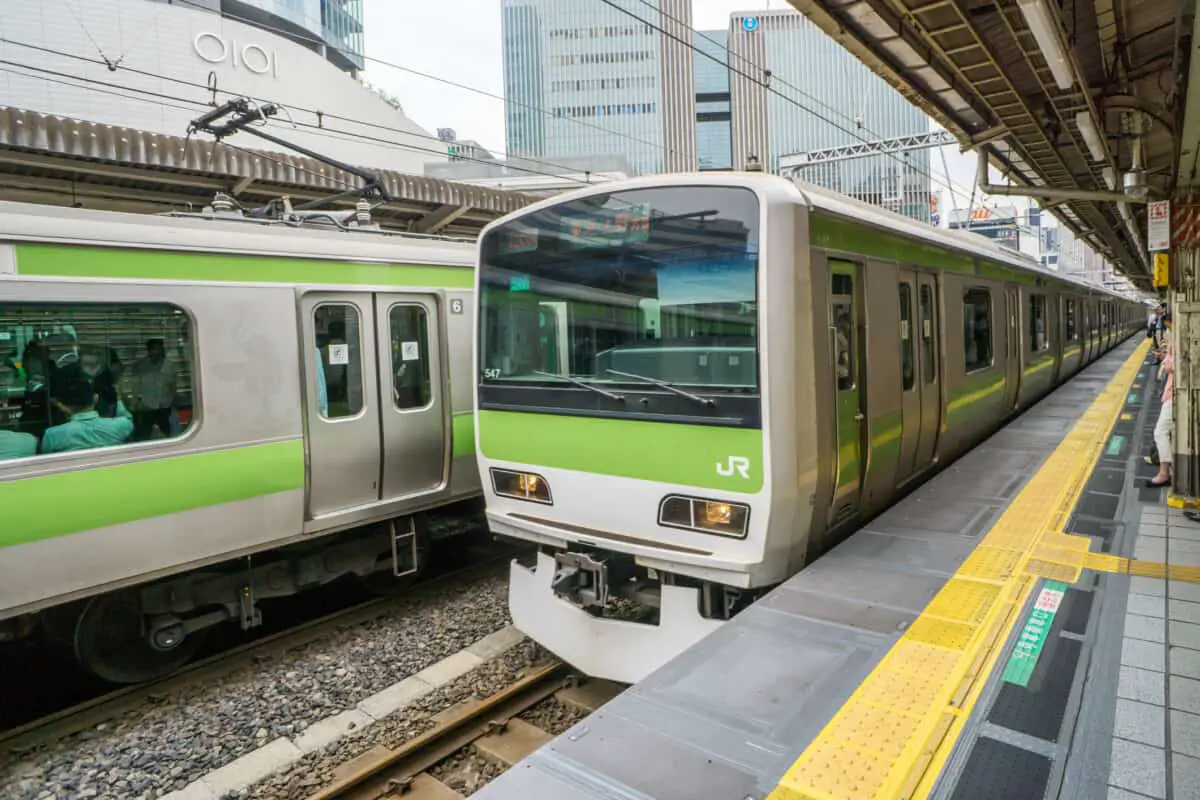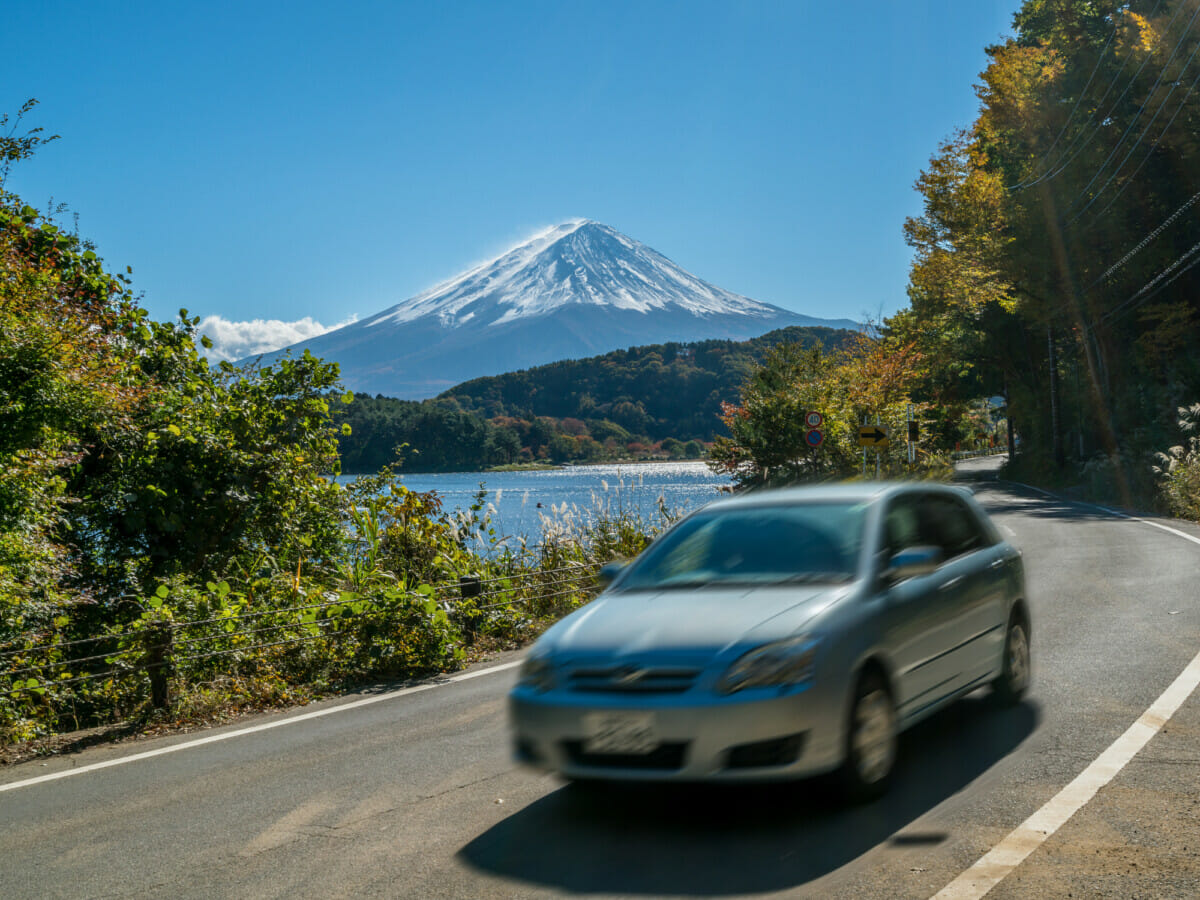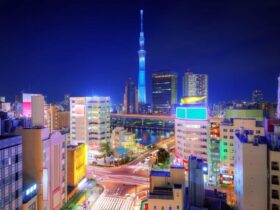Tokyo is home to over 38 million people, making it the world’s most populous city. And these people need a fast and efficient public transport system to get them where they need to go and back again. The Yamanote Line, operated by the East Japan Railway Company, is one of the city’s busiest above-ground railway lines.
There’s no better way to get around the vast metropolis that is Tokyo than on its clean and efficient railway system.
And the Yamanote Line is a quick and convenient line that stops at key locations including Ikebukuro, Shinjuku, Shibuya, and Tokyo station.
Whether or not you’ve been to Tokyo before or planning your first trip, this article has everything you need to know about Tokyo’s Yamanote Line that loops throughout the city of Tokyo.
Riding Japan Trains Guide With JR Pass
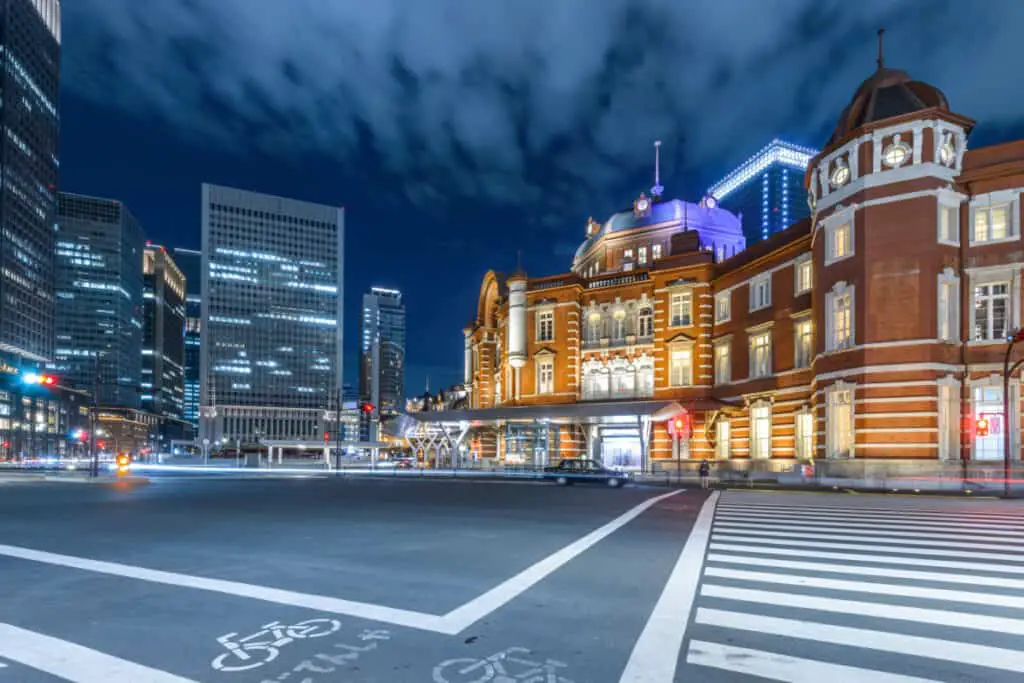
What is the JR Yamanote Line?
The JR Yamanote Line (山手線, Yamanote-sen) is the main railway loop that services the city of Tokyo. The western section of the Yamanote Line loop passes by Tokyo’s foothills and the name Yamanote is a reference to these landforms.
It is so popular with commuters that you might hear it referred to as simply ‘the Tokyo Loop Line. It has 30 stations, is over 21.4 miles (34.5 kilometers) long and it transports up to 5 million people around Tokyo every day.
If you were to stay on the Yamanote Line for the whole loop, it would take you just over an hour to go the whole way around.
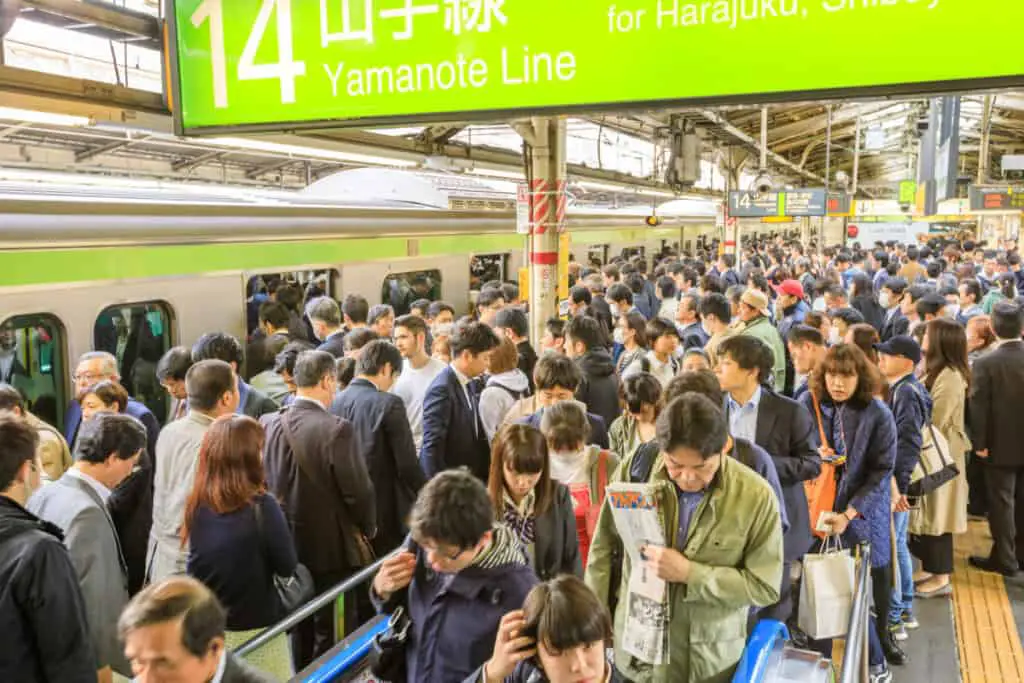
What are the five key facts to know about the Yamanote Line?
- Each train on this line is about 656 feet (200 meters) long.
- A train departs each station every two to four minutes in each direction.
- There are four parallel lines of track.
- Each station has its own signature theme music. For example, when you arrive at Takadanobaba Station, you will hear the classic tune of the Astro Boy cartoon that many of us will remember from our childhoods.
- Unlike all other public transport in Japan, the Yamanote Line does not run at night. It’s a good idea to check the timetable for the last service.
How Do I use the Yamanote Line?
Tokyo offers a range of day passes for you to use on the rail, subway, and bus services. The most popular are the Japan Rail Pass and JR Tokyo Wide Pass.
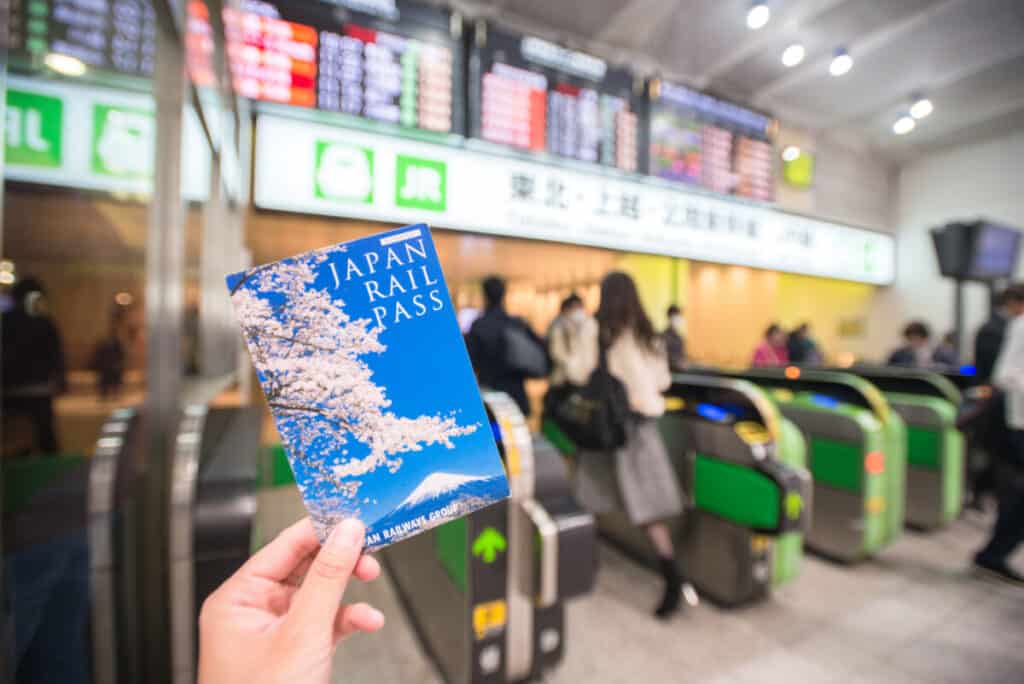
However, your best option is to use a single ticket or prepaid cards like most Tokyo residents do.
Prepaid IC cards allow you to ride any train or bus in Tokyo, its satellite suburbs, and other major cities in Japan including Osaka, Kyoto, Nagoya, and Fukuoka.
They are quick and easy and give you access to the station with a quick swipe over the card reader.
Interestingly, you can also use the IC cards to make purchases at a growing number of shops and convenience stores around the city.
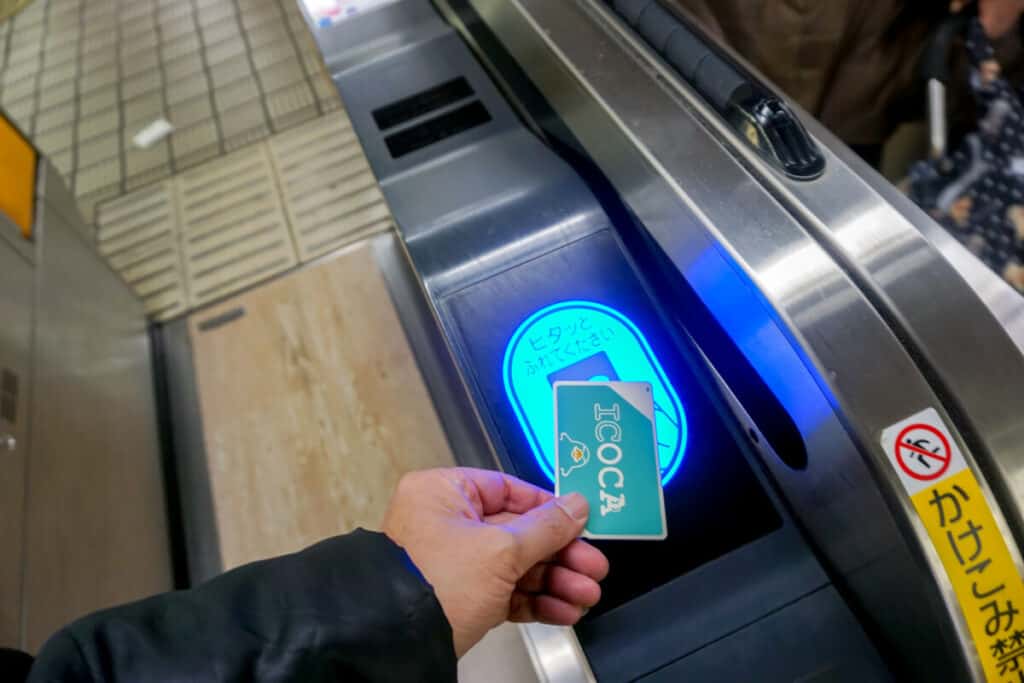
You have the choice of Suica brand cards to use at JR stations like those on the Yamanote Line and Pasmo brand cards for non-JR stations.
What Tokyo sights can you see from the Yamanote Line?
Tokyo is full of sights and experiences that can be reached using the Yamanote Line. Here are some of the city’s key attractions and the stations that will get you there:
Shinjuku
Not only is this station Tokyo’s busiest, but it is the most used in Japan as well.
It is located at the heart of the huge Shinjuku entertainment, business, and shopping district and you can use this station to experience the tranquillity of the Shinjuku Gyoen National Garden, or the glamor of the Odakyu Department Store.
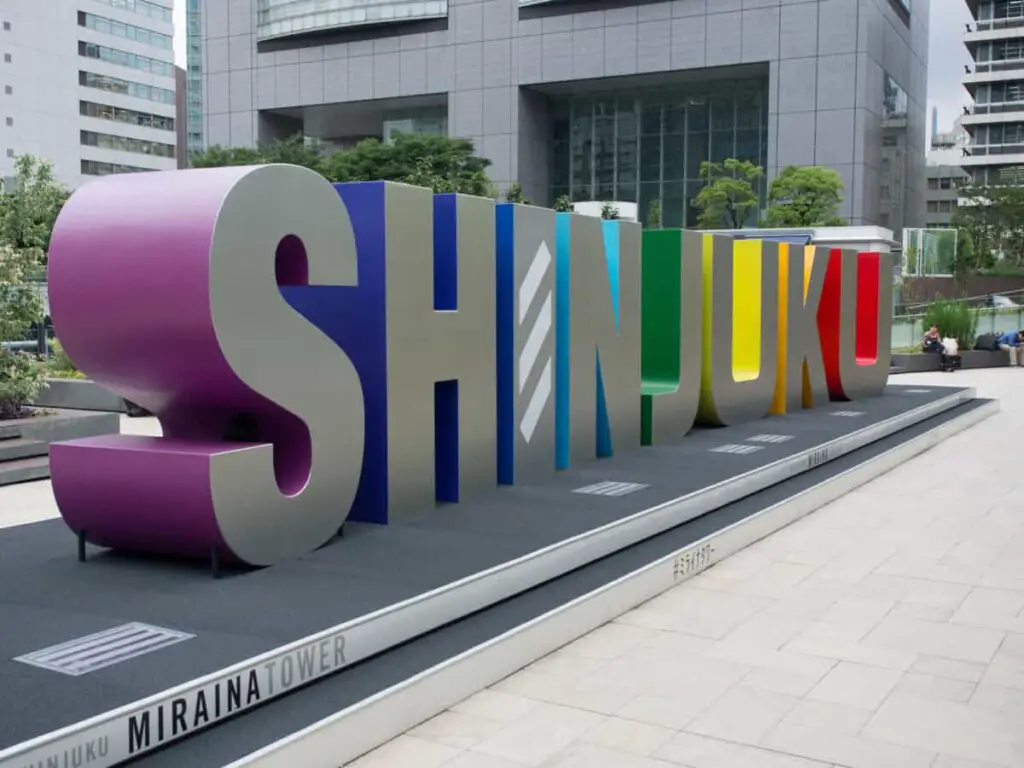
Yoyogi
This is the stop for access to the north entrance of the Meiji Shrine, which is dedicated to the deified spirits of Emperor Meiji and his consort, Empress Shoken. The perfect spot for a stroll in beautiful gardens.
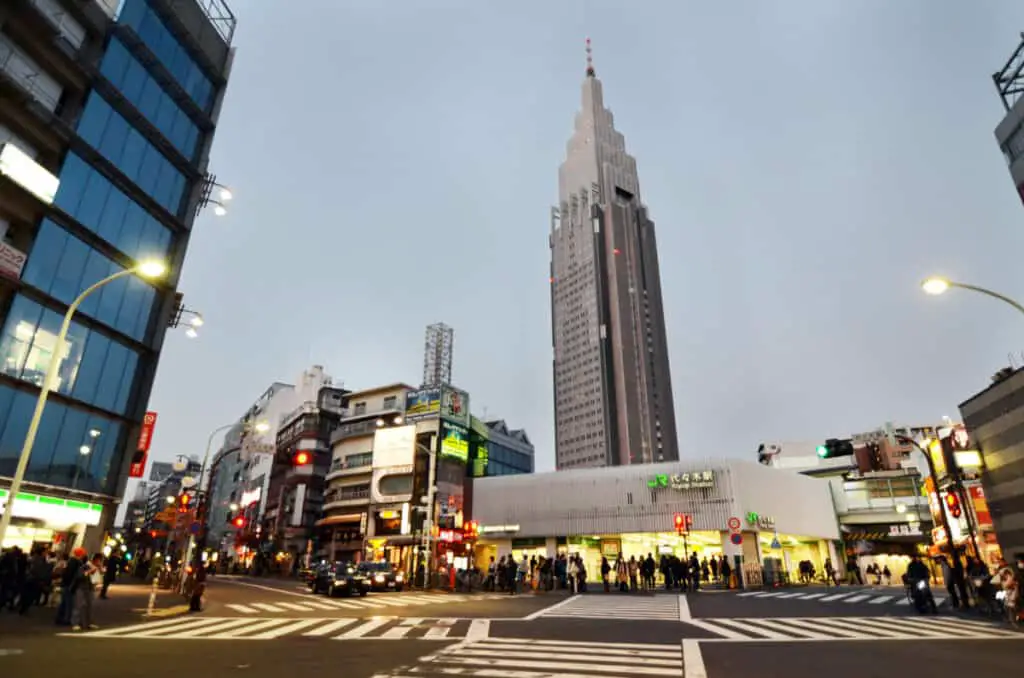
Shibuya
It’s very likely that when you think of Tokyo, the image that comes to mind is of the iconic Shibuya ‘scramble’ Crossing, famous for the wave of people crossing it each time the traffic stops.
You can visit this much-loved tourist attraction from Shibuya Station and enjoy the sights and sounds of its shopping and business districts.
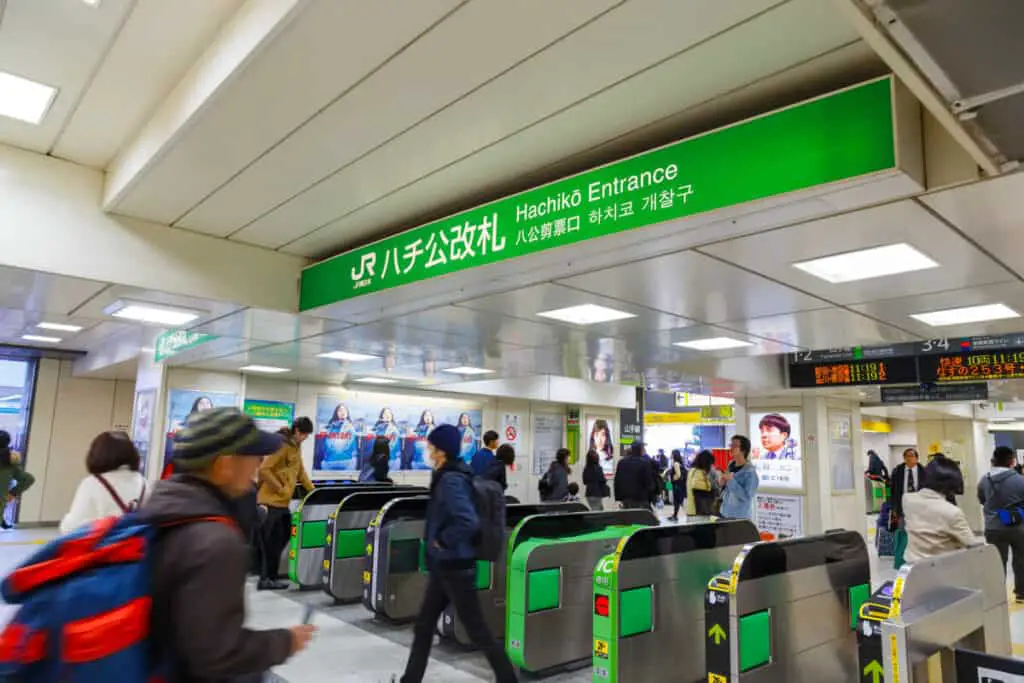
Ebisu
This station will get you to the gates of the fascinating Yebisu Garden Palace, a former brewery that now houses a complex of engaging restaurants and shops.
Takanawa Gateway
This is the newest station on the Yamanote Line. Opened in March 2020, it is a stellar example of modern work by famed Japanese architect Kuma Kengo.
It was built just in time for the 2020 Tokyo Summer Olympics, which were actually held in 2021 due to Covid-19.
This is the stop that will get you to Sengakuji Temple, a small shrine best known as the location where the Akoroshi (the ‘masterless samurai from Ako’) are buried.
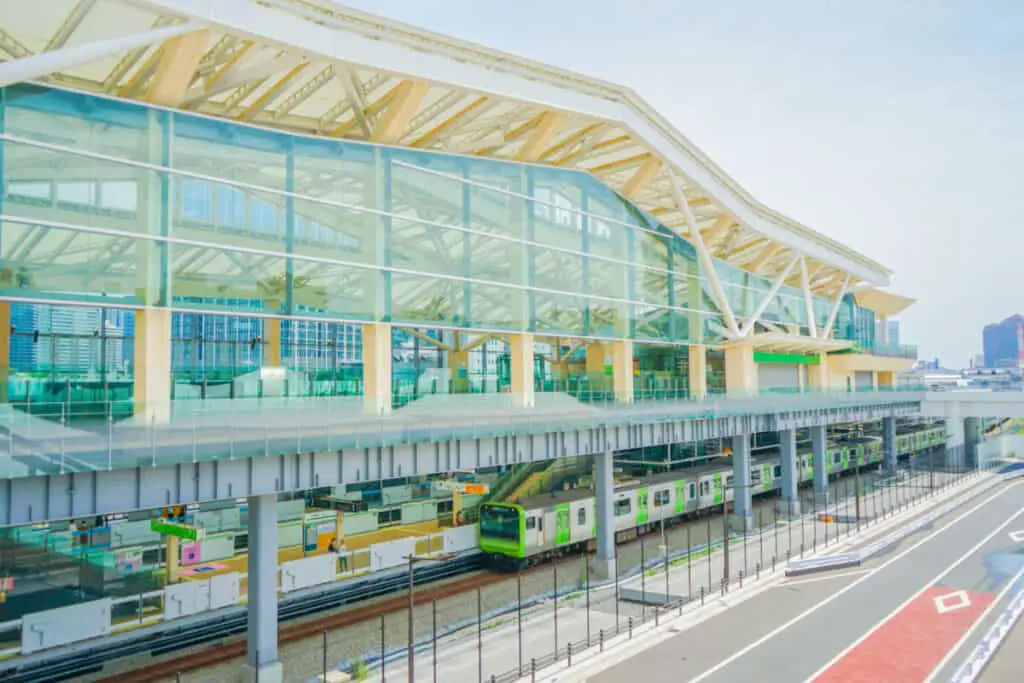
Hamamatsucho
This is your stop for a visit to Tokyo Tower, the city’s second-highest structure. At 1,092 feet (333 meters) high, it is the world’s tallest self-supported steel structure.
Shimbashi
With access to the Tsukiji Outer Market, Shiodome Shiosite, and Hama Rikyu Gardens, this stop is a microcosm of all that Tokyo has to offer including iconic produce markets, modern skyscrapers, and traditional ancient gardens.
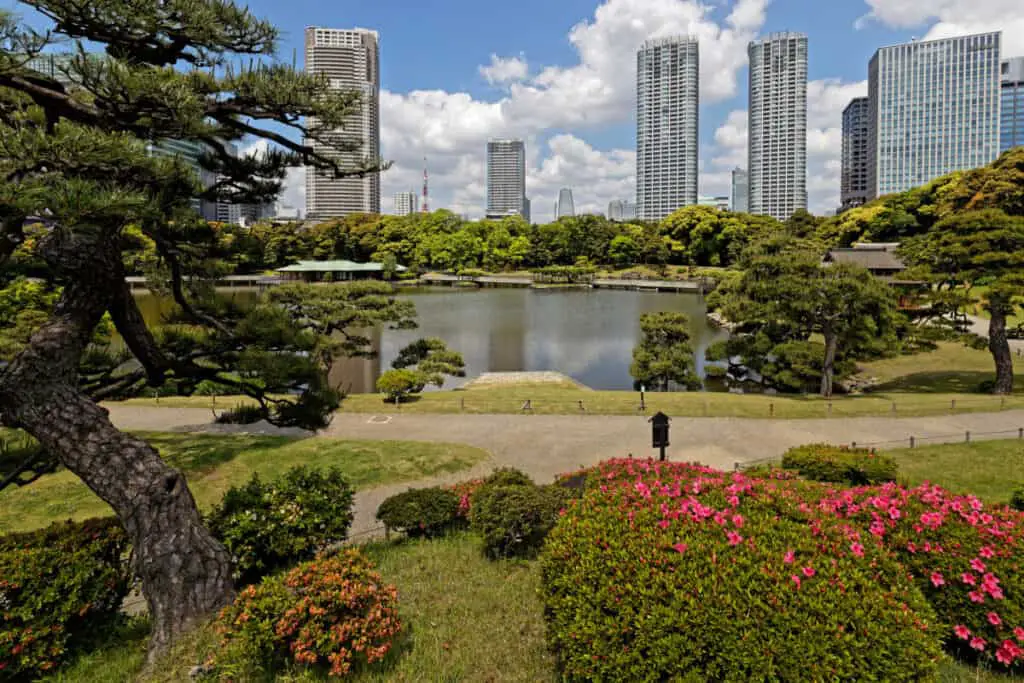
Yurakucho
This central stop gets you to the Sakuradamon entrance gate of the Imperial Palace. It is also the gateway to Tokyo’s famed Ginza shopping and entertainment district.
Tokyo
One of the Yamamoto Line’s key stations, this is at the heart of the Marunouchi business district and will get you to the Imperial Palace and Imperial Palace East Gardens.
Akihabara
This station will get you to the fascinating bells and whistles of Akihabara Electric Town, one of Tokyo’s largest shopping precincts for electronic goods and otaku merchandise for fans of all things anime and manga.
Ueno
This station is a key stop for those heading northwards from Tokyo. It is also where you disembark to see Ueno Park and the Ameyoko shopping district.
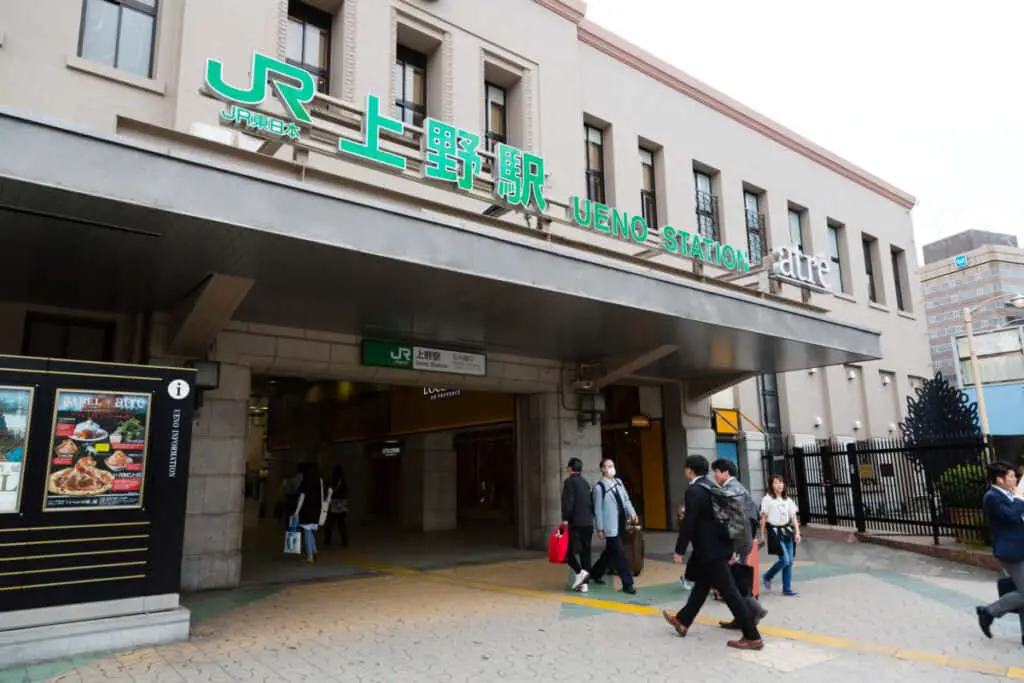
Komagome
From here you can see Tokyo’s most beautiful traditional Japanese garden, Rikugien.

